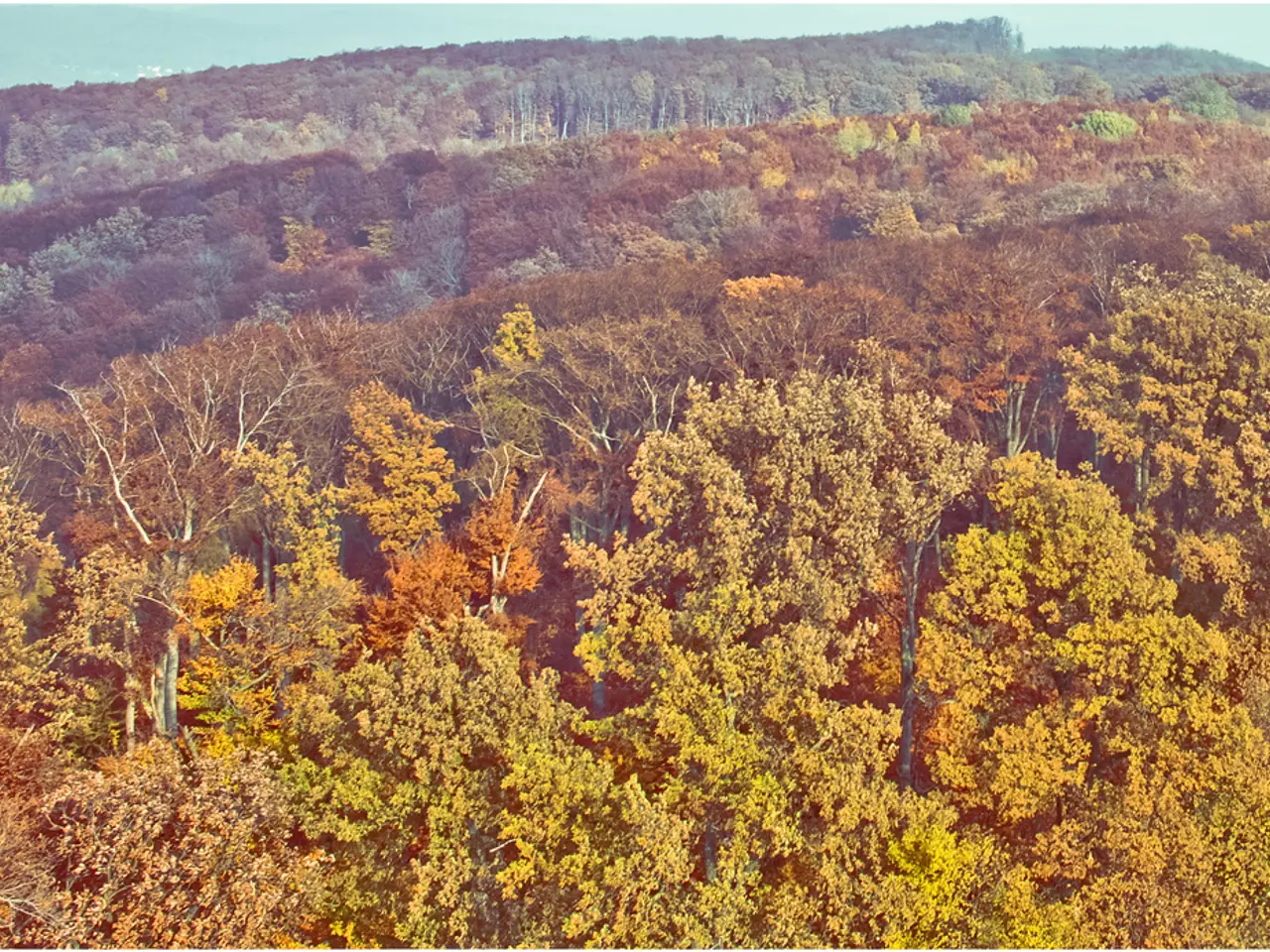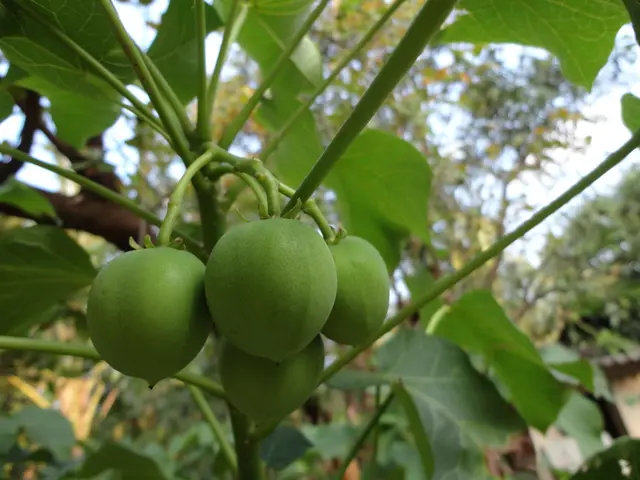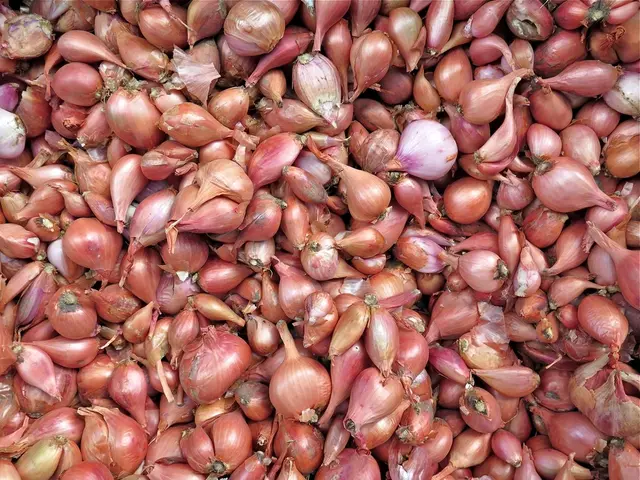Advantages of City Trees: Enhancing City Health, Sustainability, and Even Lowering Car Accident Rates
In today's bustling cities, the humble urban tree stands as a beacon of hope for a greener, more sustainable future. Urban trees deliver a wide array of benefits that positively impact communities across environmental, economic, and social dimensions. Below is a structured overview of their key advantages in these areas.
## Mental Health
Urban trees provide a much-needed respite from the hustle and bustle of city life, offering visual and sensory enjoyment that contributes to reduced stress, increased calm, and improved overall mental health. Their presence adds colour, texture, and soothing movement to cityscapes, making urban environments more inviting and livable. The changing seasons, blossom, and foliage help people feel more connected to nature, which can be especially comforting in dense urban environments.
## Carbon Storage
Trees absorb carbon dioxide, a key greenhouse gas, and release oxygen, helping to lower the overall carbon footprint and mitigate climate change. They store carbon in their biomass, reducing atmospheric greenhouse gas concentrations. In fact, a mature urban tree can absorb nearly 50 pounds of carbon dioxide per year.
## Reduced Runoff
Urban trees play a crucial role in managing stormwater runoff, a significant issue in many cities. Trees intercept rainfall with their canopies, slowing runoff and improving soil infiltration, which helps reduce flooding risks and lowers stormwater management costs. Their roots also filter pollutants from runoff, contributing to healthier waterways.
## Lower Urban Air Temperatures
Urban trees provide shade, which is especially critical in hot, arid climates, and release moisture through transpiration, acting as natural air conditioners. Although the actual air temperature reduction can be modest (e.g., up to about 0.7°F for certain species), the perception of cooler environments under shade is significant.
## Added Value to Homes and Businesses
Trees enhance curb appeal and can increase property values for both homes and businesses. Attractive streetscapes boost retail activity and make neighborhoods more desirable for residents and visitors. Homes located on tree-lined streets are $20,000 more valuable, and businesses see similar increases.
## Fewer Car Accidents
Trees along streets and in medians can narrow perceived roadway widths, encouraging slower driving and attentive behavior, which may lead to fewer traffic accidents (though this is more indirect and context-dependent).
In conclusion, urban trees are not a one-size-fits-all solution, but when planted thoughtfully in the right locations, they offer diverse and significant benefits for cities and their residents. Shaded neighborhoods with street trees can reduce energy bills by up to one-third. Urban trees absorb more pollutants than trees at a distance. Urban trees can reduce the number of car accidents due to improved visibility. Urban forests significantly reduce stormwater runoff and flooding of urban areas. Urban trees improve the mental health of residents.
One notable figure championing the cause of urban trees is Teo Spengler, a master gardener and docent at the San Francisco Botanical Garden. Raised in Alaska and currently splitting her life between San Francisco and the French Basque Country, Spengler has studied horticulture and written about nature, trees, plants, and gardening for over two decades.
References: 1. Nowak, D. J., & Crane, P. R. (2010). Nature's benefits: urban forests and human health and well-being. Island Press. 2. Nowak, D. J., & Jensen, J. H. (2015). Trees and human health: effects on physical and mental health. Elsevier. 3. Spengler, T. (2019). The urban forest: an essential part of our cities. The Conversation. 4. Trees for Cities. (2016). The benefits of street trees. Trees for Cities.
- In environmental science, urban trees play a crucial role in combating climate-change by absorbing carbon dioxide, a major greenhouse gas.
- Teo Spengler, a renowned advocate of urban trees, states that shaded neighborhoods with street trees can significantly decrease energy bills by up to one-third.
- In addition to improving mental health through visual and sensory enjoyment, urban trees also add value to homes and businesses, increasing property values by around $20,000 for homes and similar amounts for businesses.








